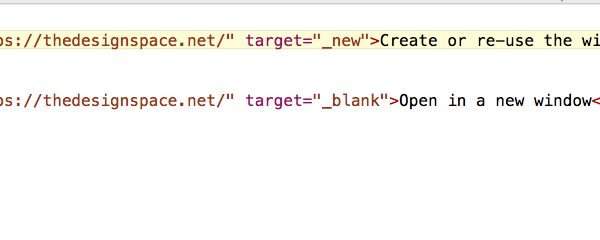dotProject Recipe: add a “Complete this task” checkbox to todo list
To allow one-click completion of a task, we added a checkbox to each row of the task “to-do” lists in dotProject.
Usually I try to borrow functions from other places in the application and adapt them to the new location. In this case the completion function was borrowed from the “progress” drop-down menu, on the add-edit Task screen.
The check box submits the same values as if 100% were selected from the drop-down menu.
Continue reading
